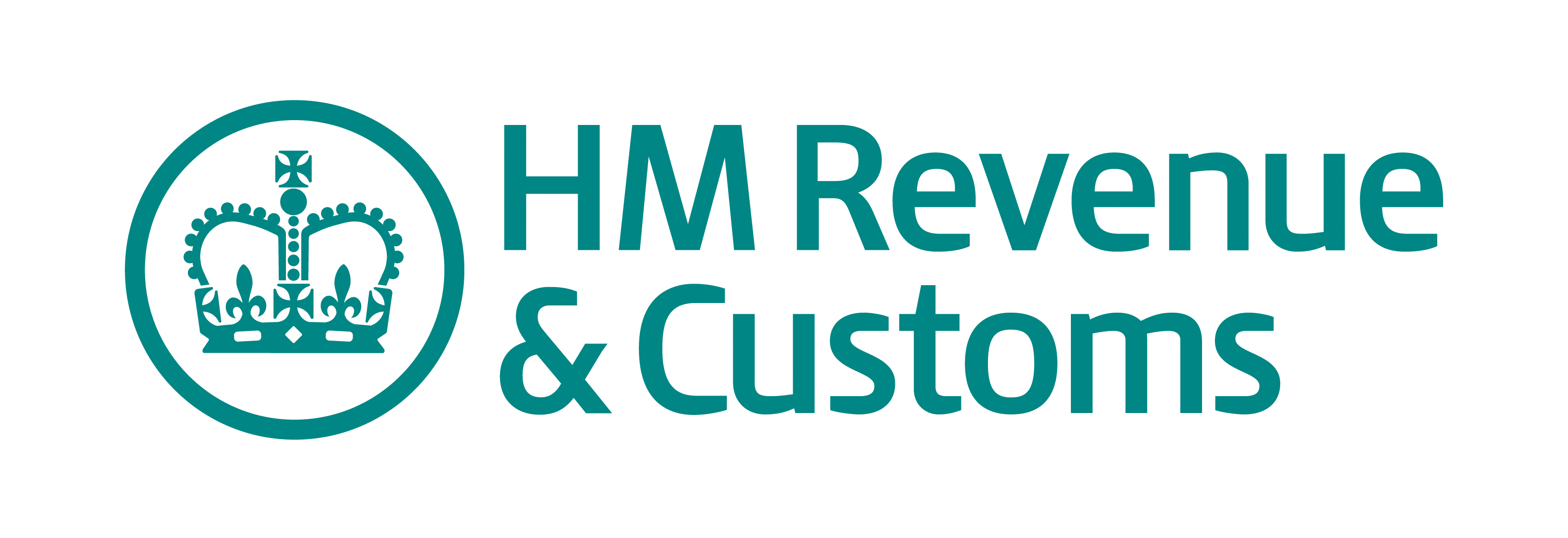In the accountancy world there’s a whole heap of jargon to get your head around, and that’s even more true when HMRC get in on the act too. As a small business, you’ll hear terminology bandied about as if you should know exactly what the ‘tax man’ is talking about. Read on, to demystify the P11D and get the lowdown on everything you need to know.
What is the P11D?
Briefly, the P11D is a tax form you are obligated to complete, as an employer, which details the cash equivalents of any benefits and expenses you’ve given to any employee.
As the threshold for requiring completing it is relatively low, both small and big businesses alike find themselves having to fill it in. In simple terms, this is a process of sitting down and working out the cash value of the various benefits and expenses that you provide.
Do I Have to Complete P11D forms?
Almost certainly, unless you are a sole-trader, or only employ very part time staff, then yes, you almost certainly you’ll need to complete P11Ds. You’ll need to complete one for each employee who earns more than £8500, as well as every company director. You complete it and send it off, to the same tax office that handles your business’s PAYE.
When Do P11Ds Have to Be Completed By?
The good news is that you get a little leeway on when it needs to be completed by. You have two months following the end of the tax year to file your P11D. That’s the 6th July every year. Don’t forget though, as you’ll be stung for a £100 fine for every 50 employees per month that it is late.
The even better news is that if you choose Pandle cloud-based bookkeeping software, then you can set up an automatic notification so you never miss an important date.
So, How Do I Fill in a P11D?
As with all things tax-related, the fear of the thing is worse than reality. However, it’ll be a whole lot easier if you’ve kept your books in order and can easily track and trace all the business expenses you’ve covered, all personal expenses you’ve covered, and everything to do with any company car benefits.
If your books are in order, you’ll then be able to zip through the 14 sections of the form bouncing from healthcare benefits to car expenses with ease.
The one piece of jargon you need busted is ‘cash equivalent’. This is the cash value of the benefit that the employee then has to pay tax on. To you, in broad terms, it’s what it’s cost you to provide the benefit. However, it gets a little more complicated as different rules apply for different benefits when you’re working out the cash equivalent.
What Would Make Completing the P11D Easier?
In short, the number one step you can take to make your P11D completing easier is to keep your books in top-notch order. As with most tax forms, it’s simply a case of having the right info at your fingertips. With bookkeeping software, that’s a cinch.







Leave a Reply